Federal regulation defines vodka as “neutral spirits distilled or treated after distillation with charcoal or other materials so as to be without distinctive character, aroma, taste or color”. Neutral spirits are “distilled from any material at or above 95% alcohol by volume”. However, it is permitted to add a small percentage of “neutral blender”, which domestic manufacturers use to add citric acid, sugar, and other mild additives. We suspect that some European producers include other additives.
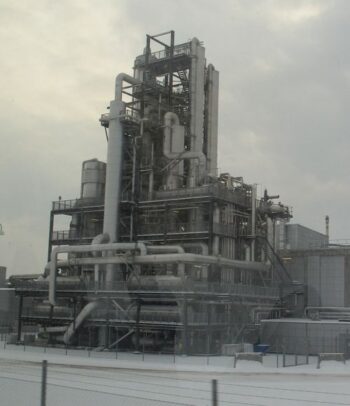
Some overwhelming percentage of vodka is made in huge distilleries which, if well run, produce decent vodka. Making vodka 100% on a potstill makes no sense: it would require 5 or six distillations to get to 95%. No one serious does this in any volume.
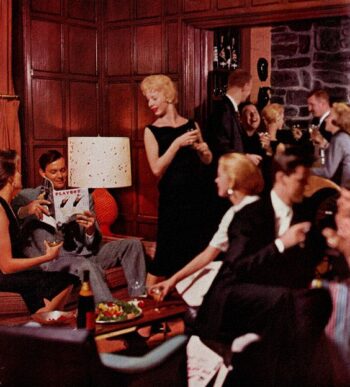
On the US market, vodka got big in the 1950s, due largely to effective advertising by the beverage conglomerate Heublein and to changing tastes in how people drank alcohol. Since it was reputedly flavorless, people who didn’t like the taste of whiskey or gin had something they could make cocktails from, at a time when cocktails were taking off. Interesting that very few 1950s ads actually showed folks drinking.
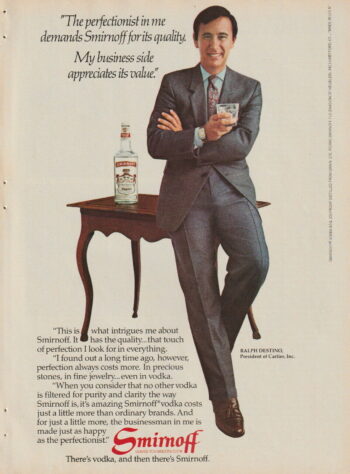
Heublein was famous for hinting – “leaves you breathless” – that you couldn’t smell Smirnoff (still the world’s largest brand) on a drinker’s breath. You could have 3 martinis at lunch and no one would suspect.. Note the claim to high quality by having it pitched by the guy who ran Cartier’s.
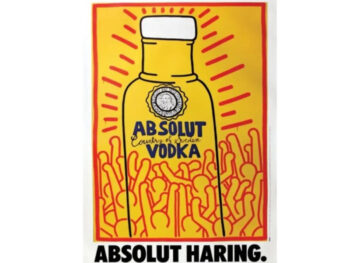
Before craft, there was very little interesting about vodka. Folks made it from potatoes, rye, corn, sugar beets: whatever could be turned into sugar, fermented, and distilled in volume. Its basic appeal was that you could mix it into cocktails and consume some alcohol without tasting something you might not like, maybe mixing in some sugar so you didn’t notice the bite.
Brands never talked about how the stuff was made. The Absolut brand got big in the 1980s simply by running upscale ads that didn’t talk about product at all.
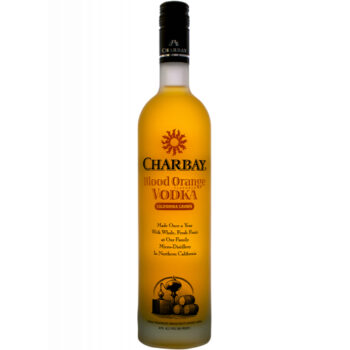
It was the craft pioneers, notably Hangar One and Charbay, that figured out how to make really good stuff. Jorg Rupf added a bit of vodka distilled from good wine grapes to make the methanol taste/aroma go away; Miles Karakasevich started macerating with true fruit; both used excellent wheat vodka, which has a soft round mouthfeel. Their stuff was so good you could sip it straight, like good whiskey.
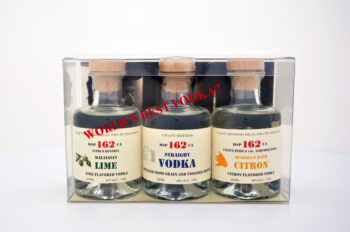
Now there are many vodkas, the best ones coming from talented small producers. A lot depends on where you source your ingredients, on how willing you are to let them tell you how best to work, on true patience. Truly great vodka is not easy to make.

